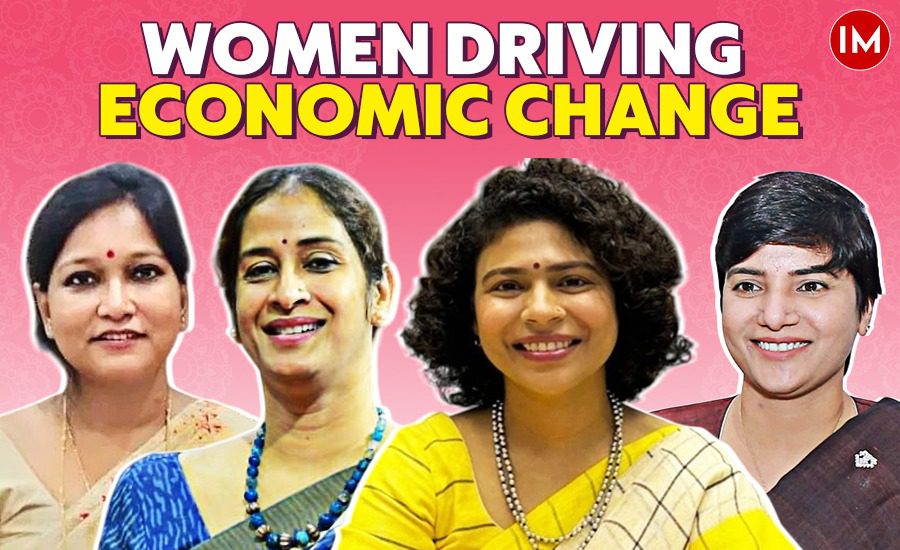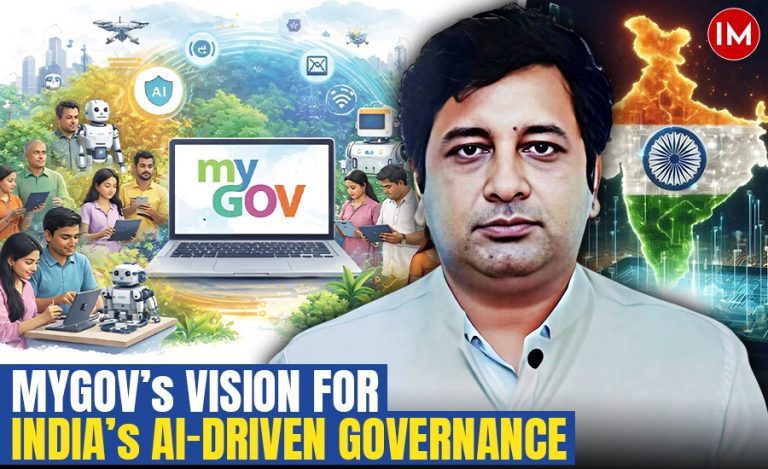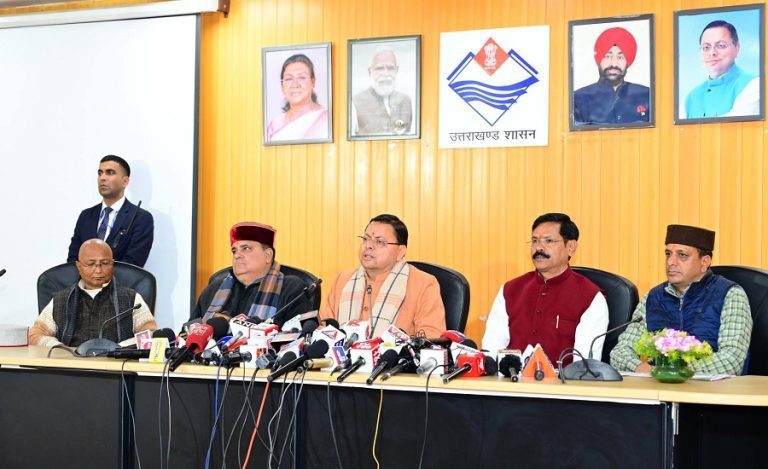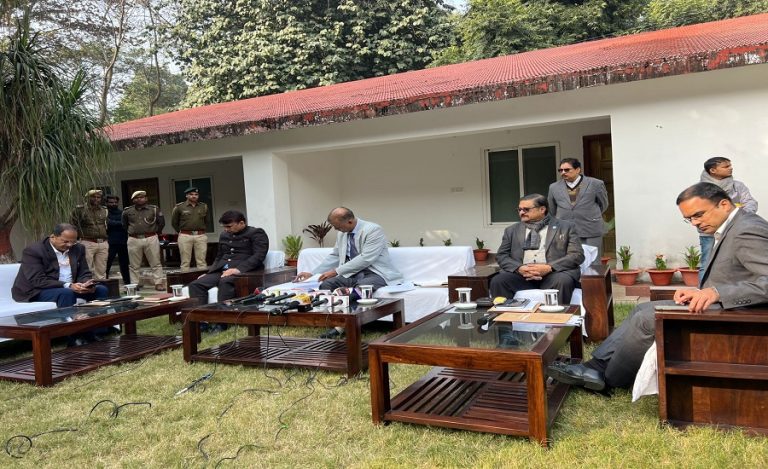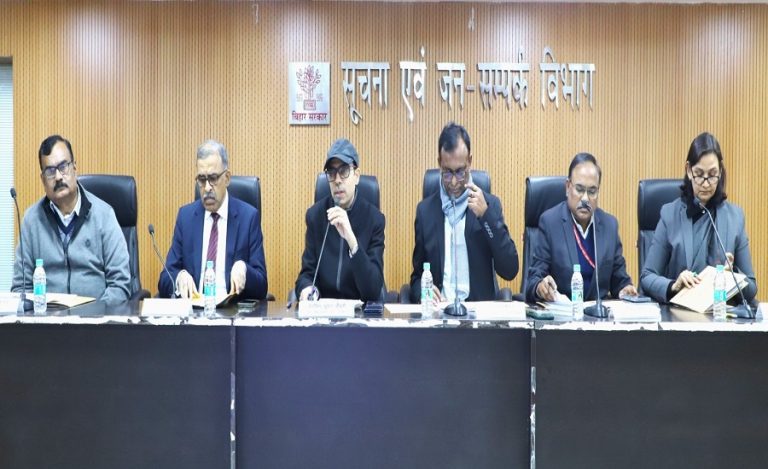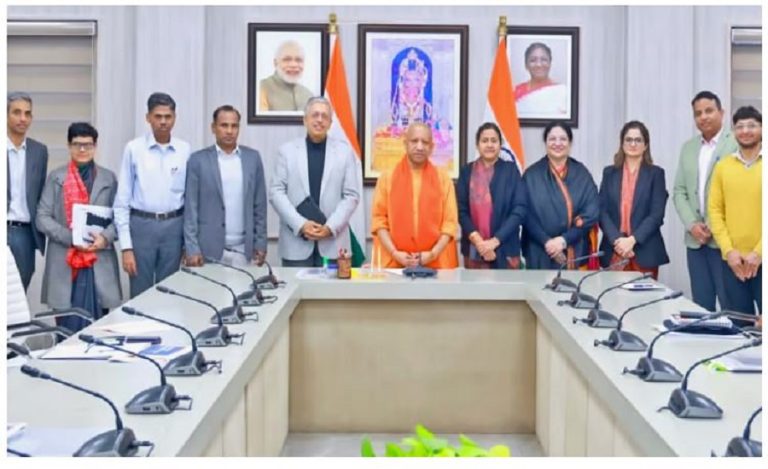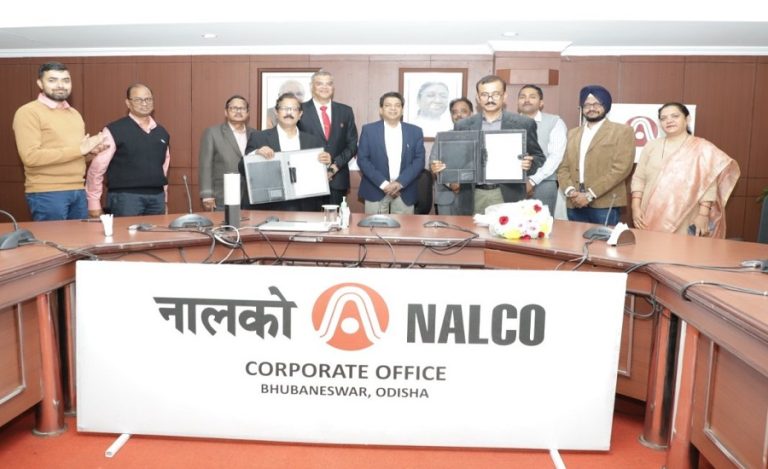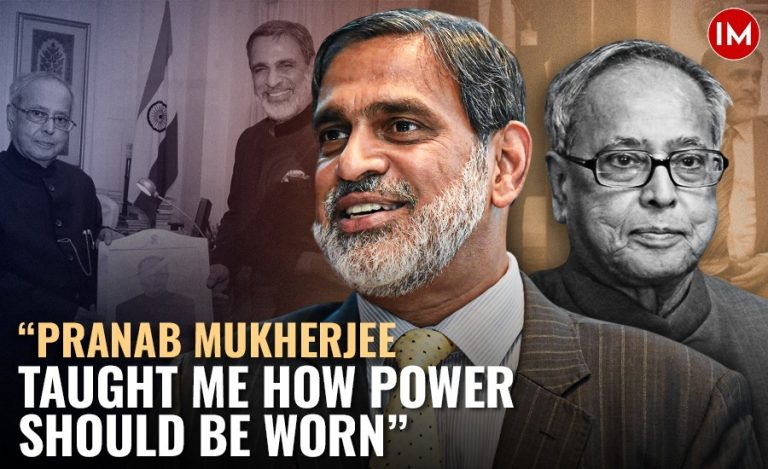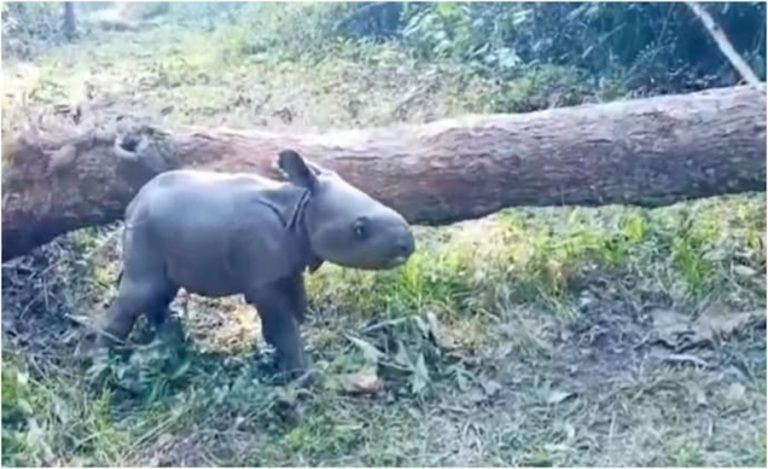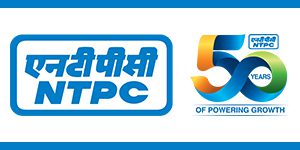This International Women’s Day, we celebrate not just the spirit of womanhood but its tangible power to reshape economies and uplift communities. Across India, a cadre of exceptional female bureaucrats is dismantling barriers and constructing pathways to prosperity, specifically by fuelling women-led entrepreneurship. They are not merely administrators; they are architects of change, leveraging their positions to catalyse economic independence and social transformation.
VARNALI DEKA: CULTIVATING NUTRITION AND OPPORTUNITY IN KOKRAJHAR
In the Bodoland Territorial Region of Assam, Varnali Deka, who is the former District Commissioner of Kokrajhar, recognised the potential of mushroom cultivation to address both economic hardship and nutritional deficiencies. Faced with a district grappling with low income and poor health indicators, she launched the ‘Mushroom Mission’ under the ‘One District, One Product’ (ODOP) program.
Ms. Deka’s strategy involved extensive consultation with local stakeholders, including Self Help Groups (SHGs) and farmers. She identified mushrooms as a low-cost, easily manageable crop suitable for the region’s agro-climatic conditions. By promoting mushroom cultivation, she created income opportunities for over 21,000 women, engaging 500+ SHGs, 150 MSMEs, and 5000 farmers.
Beyond economic empowerment, Ms. Deka addressed malnutrition by introducing mushroom supplements in schools and Anganwadi centres, significantly reducing undernutrition, wasting, and anaemia among children. She also focused on developing mushroom by-products, increasing market value, and bargaining power for producers. Her work demonstrates how strategic interventions can simultaneously boost livelihoods and improve public health.
DURGA SHAKTI NAGPAL: REVIVING THE SHAZAR STONE CRAFT IN BANDA
In Banda, Uttar Pradesh, Durga Shakti Nagpal, who is the former District Magistrate, revitalised the declining Shazar stone industry. This unique stone, found exclusively in the Ken River, features natural patterns used in jewellery and artefacts. Ms. Nagpal’s efforts under the ODOP scheme and the acquisition of a Geographical Indication (GI) tag revived this traditional craft, which had suffered from dwindling raw materials and changing market demands.
Ms. Nagpal implemented training programs for 200 craftsmen, provided ODOP toolkits, and facilitated workshops to improve production and marketing. She also promoted Shazar products at state emporiums and cultural events, expanding market access. Her administration eased trade regulations and provided financial support through various government schemes.
The results are clear: exports of Shazar stone products increased dramatically, and the industry now employs over 500 workers.
HARI CHANDANA: EMPOWERING RURAL ARTISANS THROUGH AARUNYA
IAS officer Hari Chandana’s work with the Aarunya initiative in Telangana highlights the potential for public sector innovation to drive social entrepreneurship. Aarunya empowers rural women artisans by providing them with platforms to sell their crafts. Ms. Chandana’s approach involved setting up a business-like structure, developing leadership within the artisan community, and fostering collaboration among stakeholders.
She expanded Aarunya’s market reach by partnering with Flipkart, demonstrating the importance of innovative marketing strategies. Ms. Chandana’s focus on preserving traditional crafts and promoting sustainable practices aligns with contemporary market trends. Her ability to navigate bureaucratic structures and implement community-centric solutions provides valuable lessons for aspiring entrepreneurs.
BANDANA PREYASHI: DRIVING INDUSTRIAL GROWTH IN BIHAR
IAS officer Bandana Preyashi, Secretary of the Industries Department in Bihar, is leading the state’s transformation into an industrial hub. Through strategic policies like the Bihar Industrial Investment Promotion Policy (BIPP), she is attracting investments and creating a business-friendly environment.
Ms. Preyashi’s efforts include supporting MSMEs through various government schemes and focusing on key sectors like garment manufacturing and leather. She is developing industrial infrastructure, notably the Integrated Manufacturing Cluster (IMC) in Gaya, to attract large-scale industries. Her administration also prioritises innovation, offering incentives for startups and fostering a skilled workforce.
Her work shows how government policies can drive industrial growth and create employment opportunities, particularly for women. Preyasi’s focus on sustainable development and inclusive growth is transforming Bihar’s economic landscape.
These four female IAS officers exemplify how strategic leadership and innovative approaches can drive significant economic and social change. Their work empowers women, revitalises traditional crafts, and fosters industrial growth, demonstrating the vital role of female bureaucrats in shaping India’s future.

